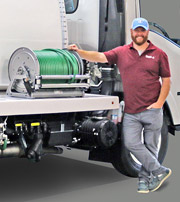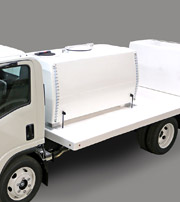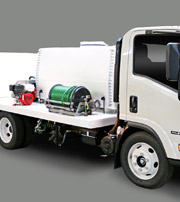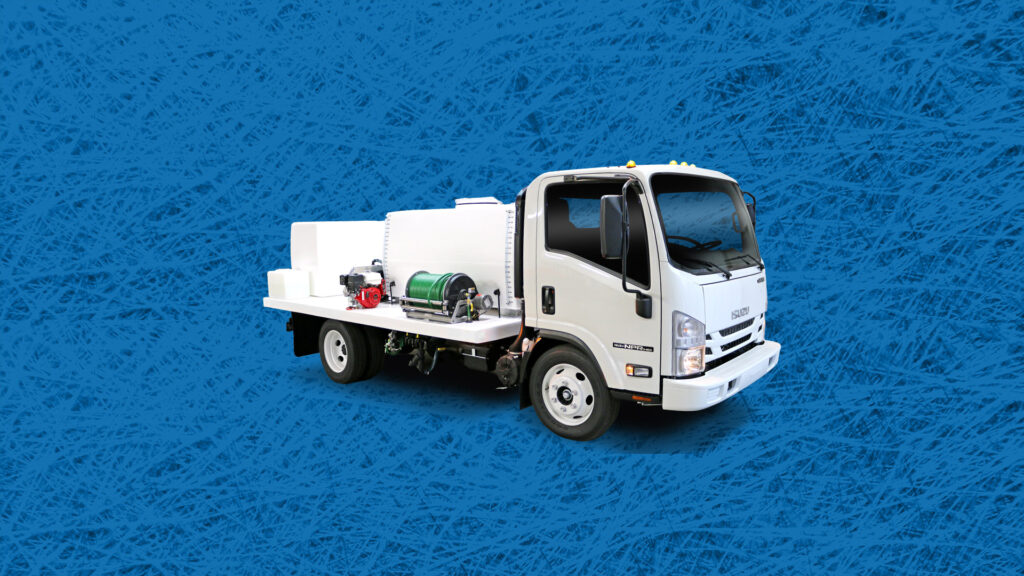One of the basic truths of the lawn care business is the fact that summer, the busiest season, means both more revenue and more wear and tear on your rigs. A hard-working rig needs more maintenance when your schedule is tightest. Taking that time to maintain your rig is one of the best investments you can make in your business. You’ll maximize time in the field (while minimizing the chances that repairs will cause downtime), but that’s not all. You’ll also add years — possibly decades — to the useful life of your equipment. Here’s a short review of the basic tasks that will keep rigs in peak working condition.
1) Clean the screen. It doesn’t take long for a screen to get caked with residue, which stresses the pump and will soon start to throw off calibration. If it’s neglected long enough, the diaphragm may burst and the pump will burn out.
2. Test the pump. Speaking of calibration, it’s a good idea to start each day by filling a bucket for one minute with the spray gun. The result should be about three gallons, the amount that’s appropriate for roughly 1,000 square feet.
3. Test the reel. For most of us, this check is a long-established habit, but it’s worth mentioning again that taking a second before hitting the road to press the master button can save you a serious headache.
4) Rinse daily and wash weekly. More summer spraying means more corrosive chemical residue on your rigs. Just spraying them down at the end of every work day, with a more thorough wash every week, will do more than just about anything else to prolong their working lives.
5) Check the oil. Between oil changes, it only takes a moment to make sure oil is the right color, at the right level, and free of stuff floating around in it.
6) Inspect the spark plugs. If your engine won’t start the first time or doesn’t seem to be running like it usually does, checking and possibly replacing the spark plugs can prevent a time-wasting problem out in the field.
7) Examine the air filters. Everyone knows these need to be changed at least once a year, but, depending on conditions and workload, rotating in new ones more frequently may improve performance.
8) Inspect hoses and belts for wear, cracks, and slackness. If you have to tighten a loose belt, remember to leave about half an inch of give.
Our last point isn’t exactly maintenance, but it is important: Be sure to stock up on repair kits and the parts you have to replace most frequently to save valuable time when something goes wrong.
Tuflex supports your lawn care business with seamless fiberglass tanks that lead the industry. But people can only be impressed by our craftsmanship and their durability if they’re mounted on a rig that gets them into the field. Even during summer’s long, hot workdays, it pays to set aside time for routine maintenance.






